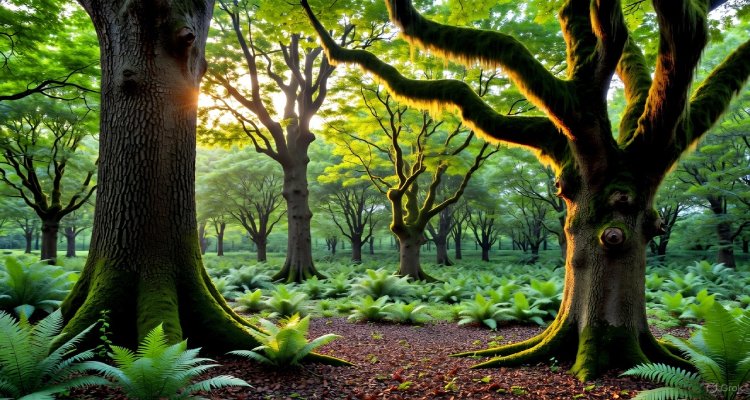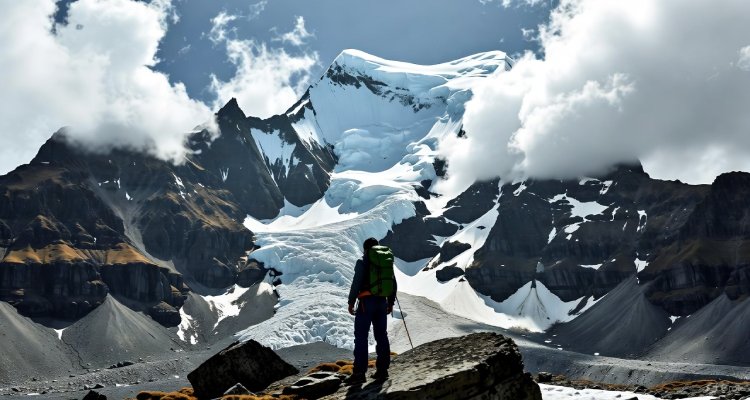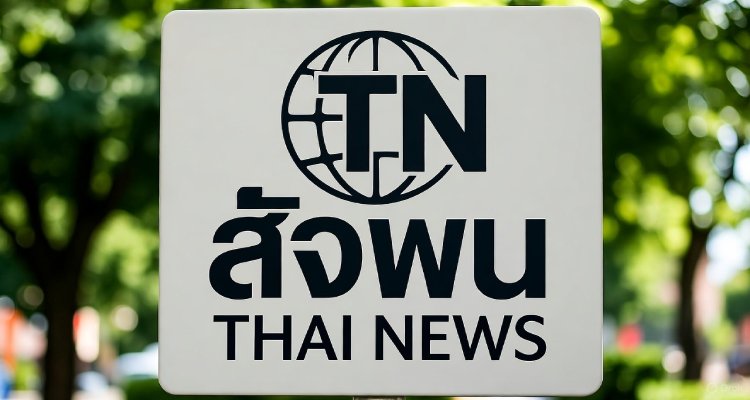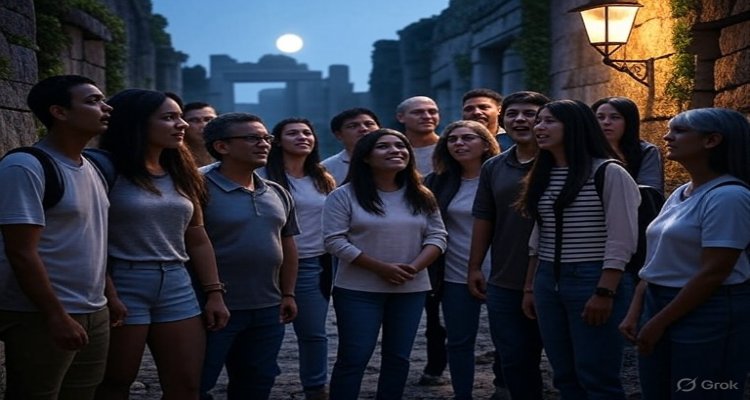The Rise of Shadow Tourism: Visiting Places Not on Maps
Shadow tourism is on the rise as travelers seek hidden, unmapped destinations. Explore why off-grid travel is reshaping adventure and tourism trends.
Introduction: Where Curiosity Meets the Unknown
Imagine standing at the edge of a forgotten road, no GPS pin to guide you, no glowing reviews on travel platforms. Just a faint trail, whispered about in online forums, leading you to a place that doesn’t appear on any official map. This is shadow tourism — a rapidly growing trend among thrill-seekers, travelers, and modern-day explorers, where the destination itself exists in secrecy or obscurity.
No longer satisfied with crowded landmarks or mass-market itineraries, a new generation of travelers is chasing the uncharted. From abandoned military complexes to hidden temples in remote jungles, shadow tourism represents both fascination and controversy. But why are so many people willing to go beyond the map?
Context & Background: From Adventure Travel to Shadow Tourism
Tourism has always evolved with human curiosity. In the past, “adventure travel” meant scaling Himalayan peaks or trekking through African safaris. Today’s explorers, however, are seeking something even more elusive: places deliberately left off maps or officially closed from public access.
This interest has been fueled by:
-
Digital whispers and online forums where travelers share “off-limits” GPS coordinates.
-
Pop culture fascination with ghost towns, secret bunkers, and conspiracy-laden sites.
-
Overtourism backlash, as iconic locations suffocate under camera flashes and long queues.
The shift has given rise to shadow tourism — defined as the act of visiting hidden, unlisted, or deliberately excluded destinations. These might include abandoned theme parks, underground cities, restricted zones, or sacred indigenous areas rarely acknowledged on tourist maps.
Main Developments: A Movement Beyond Guidebooks
Unlike mainstream tourism, shadow tourism is decentralized and grassroots. Its growth is shaping how both travelers and local authorities respond to “the unseen.”
-
Rise of Abandoned Spaces: Ghost towns in the American Midwest, derelict Soviet-era factories in Eastern Europe, and disused subway systems in Asia are attracting shadow tourists who seek the aesthetic of decay and history.
-
Digital Cartography Gap: Mapping platforms like Google Maps avoid tagging certain locations due to security, privacy, or cultural protection, inadvertently making them more desirable to explorers.
-
Social Media Amplification: Instagram and TikTok play a surprisingly large role. Viral videos of “hidden” waterfalls or forgotten pagodas invite thousands of like-minded followers to retrace the journey.
-
Cultural Tensions: In some regions, such visits are seen as disrespectful to sacred lands, pushing ethical debates.
While some locals welcome the economic boost of curious travelers, others fear exploitation, vandalism, or cultural dilution.
Expert Insight & Public Reaction
Dr. Maya Sethi, a cultural anthropologist specializing in tourism dynamics, explains:
“Shadow tourism thrives on two forces — accessibility to digital whispers and the human urge to transgress. What is forbidden or unmapped inherently becomes desirable. However, this curiosity can clash with security policies, cultural sanctity, or environmental preservation.”
Public reaction is equally divided. Enthusiasts describe it as “the last authentic way to travel”, while critics warn it threatens fragile ecosystems and disrespects communities guarding their hidden heritage.
Local voices also raise concerns. In rural villages adjacent to unmapped ruins, residents report both increased income from hosting curious backpackers — and increased litter, noise, and exploitation.
Impact & Implications: A Traveler’s Dilemma
As shadow tourism grows, its implications ripple across multiple fronts:
-
Tourism Industry: Traditional agencies may attempt to capitalize on the trend by offering “hidden trail” packages, blurring the line between shadow and mainstream.
-
Governance: Authorities face pressure to regulate access to restricted or culturally sensitive locations. Some may impose fines, others might integrate shadow sites into official heritage listings.
-
Environment: The “leave no trace” ethos is not always practiced, leading to irreversible damage to fragile landscapes.
-
Travel Identity: For a generation raised in digital overexposure, shadow tourism becomes a way to reclaim the thrill of genuine discovery.
The movement forces travelers to ask: How far should personal discovery go before it crosses ethical or legal boundaries?
Conclusion: The Allure of the Unmapped
Shadow tourism is more than a fleeting trend — it reflects our deep need for mystery in an overexposed world. As maps become more comprehensive and travel more commercialized, the desire to find hidden spaces grows stronger.
Yet, the responsibility lies with explorers to balance curiosity with respect. Visiting what’s “not on maps” can either breathe life into forgotten histories or accelerate their destruction.
The rise of shadow tourism is ultimately a paradox: in venturing where few dare to tread, travelers might simultaneously preserve and endanger the very mystery they seek.
Disclaimer : This article is intended for informational and analytical purposes only. It does not encourage or endorse illegal trespassing, cultural disrespect, or environmental harm in the pursuit of shadow tourism.











